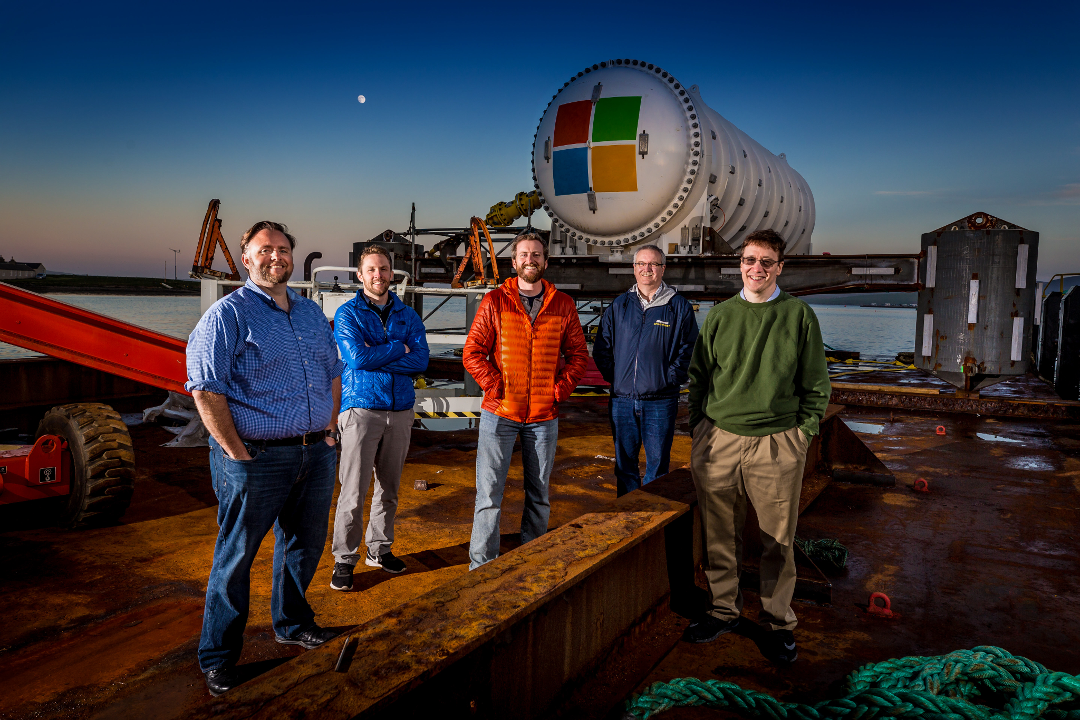Many different speculations have been doing rounds since the official announcement by Microsoft about their new data center which they placed at the bottom of the ocean this year in the month of June. It is named Project Natick and is a research project meant to test the feasibility of placing data centers underwater. This 40 foot data center has 12 racks with 864 servers and a PUE of 1.07.
So with the success of Project Natick, do you think underwater data centers are the future of the data center industry? Let’s find out:
Let’s Learn More About the Benefits of Project Natick First
- Being a subsea data center, it operates lights out, with a minimum life of 5 years, which can be stretched for as long as 10 years.
- Data center cooling bills are always an issue for the ones built on the land. Having a data center sunk in water totally eliminates the need for mechanical cooling. This way it can also be more environment-friendly.
- Microsoft claims that they have used 100% renewable electricity from onshore and offshore renewable sources like wind and tide. And the process has no emission and waste products.
- They also claimed that the data centers are made from recycled material and are fully recyclable. After the end of their life, they can be recycled and put to use again.
- Moreover, considering the fact that nearly half of the world’s population resides within 200 km of the ocean, with a subsea data center placed within this range, the latency of the project can be great and people will experience a faster data transfer rates.
So is it Really the Future of Data Centers?
Although the project Natick is designed to work underwater for about five years, it is hard to believe that it won’t need any maintenance and will function smoothly over this period of time. And if something goes wrong, the capsule will need to be pulled out, fixed, and then placed back into the ocean. Microsoft affirmed that the heat Natick puts out won’t make much of a difference to the environment. It sure won’t. But what if 100 or more such data centers are sunk into the ocean, that too near the human habitat? And will it make absolutely no difference to the marine life?
Green Grid has highlighted some best practices for adapting liquid-cooling technology in their recent white paper along with the advantages of adopting it in the IT and infrastructure industry. The facility-side changes can be minimized to greater levels and standardized for liquid-cooled IT equipment by using an IT design that enables multi-refresh liquid cooling technology. You can also use the Total Cost of Ownership (TCO) tool for calculating the estimated cost of your liquid-cooled data center. This shall highlight the merits of using water-cooled data center servers for you as a data center operator or owner.
All these questions will only be answered over time. Let’s wait for what more this submerged data center uncovers in the future. Meanwhile, let us know about your views about it in the comments section below.
As of now, if you need to build an efficient data center for your organization on the land, then connect with the data center design and build experts at Prasa Infocom & Power Solutions!
We provide the most reliable data center consultancy, solutions, services, and products. We are a dedicated team of full-fledged data center consultants, engineers, and design experts that offer data center and other mission-critical infrastructure services for all your business needs.
Image Credit – https://natick.research.microsoft.com/

